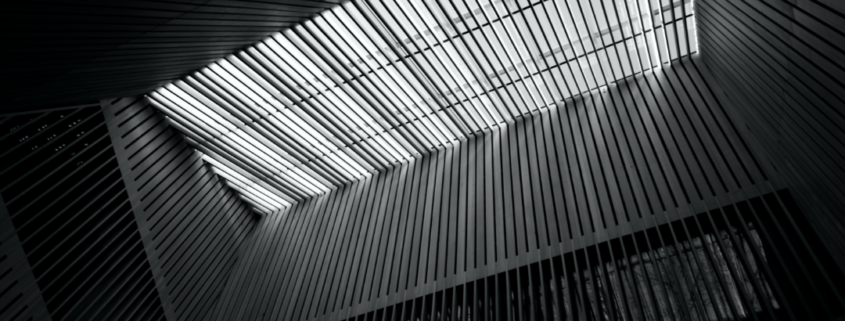Monochromatic Minimalism has been on the rise in the past few years as one of the top design trends. While this style of graphic design isn’t new, over 60 years in the making, we’re seeing huge growth in its presence today. The increased use of monochromatic minimalism in design is possibly a reflection of what users are desiring more in their own lives: simplicity.
But just because this theme exudes simplicity, doesn’t mean it’s simple to implement. Several key factors must be considered if a less-is-more approach is going to work for your business.
Less is More
Ever heard the quote “a wealth of information creates a poverty of attention”? While the origin of this quote wasn’t directed towards UX and UI, it provides a concise summary of the monochromatic minimalistic design theory: less is more. With well-designed minimalist websites, you’ll notice features and elements on the pages are stripped-down, keeping only what is necessary. Users are provided with only the essential information needed to inform and direct, nothing more. Eliminating anything that doesn’t support the core functionality or messaging of the website results in clean, clear communication with your user. It’s the true opposite of information overload.
Monochromatic Colour Palette
If a sense of calm washes over you when thinking of a monochromatic colour palette, you’re not alone. Clashing, bold colour palettes of the early 2000s have found their way out of vogue, and clean, greyscale tones have made their way to the forefront. Monochromatic colour palettes generally refer to background colours, icons, and navigational elements, not necessarily photos on the website. Using black and white photos in conjunction with the monochromatic palette is entirely up to you and the theme you wish to create. The benefit of a greyscale palette for icons ensures content isn’t upstaged and users have an easier time processing what’s served up on screen.

Flat Design
If you were to sample hundreds of minimalist websites, you will most likely see the majority utilized flat design in textures, icons, or graphics in the UI. This breaks from the traditional trend of designers using shadows, textures, and other techniques to make elements look 3D or lifelike. Flat design is a key component to minimalist UI design, but it has to be done well. It’s crucial that the interface still feels like a space a user can interact with, making sure it’s apparent where they need to engage on your website.
Embrace the Space
Embracing the negative (or white) space in a minimalist design is key. This attribute is one of the defining characteristics of monochromatic minimalism. Negative space is a tactic to direct the attention and eyes of the customer to where it matters. The abundance of white space allows users to see the important page aspects more clearly and therefore, easier to digest. This is similar to the concept of less-is-more, but it’s important to highlight the importance of white space as an entirely separate component to minimalist websites.
Maintain Balance
As true with any graphic or web design, maintaining balance is key to your design. This golden rule doesn’t disappear when designing a minimalist site, so make sure this rule guides you when integrating all of the above key components of a monochromatic minimalist design.
Curious if your business can benefit from incorporating monochromatic minimalism into your brand strategy? Book a consultation at Cloud9 Marketing today!



